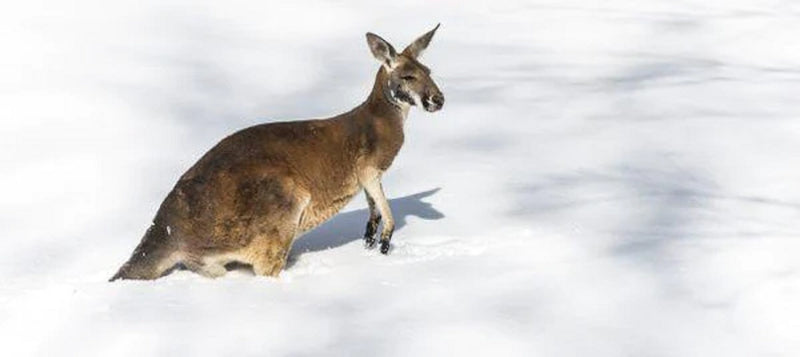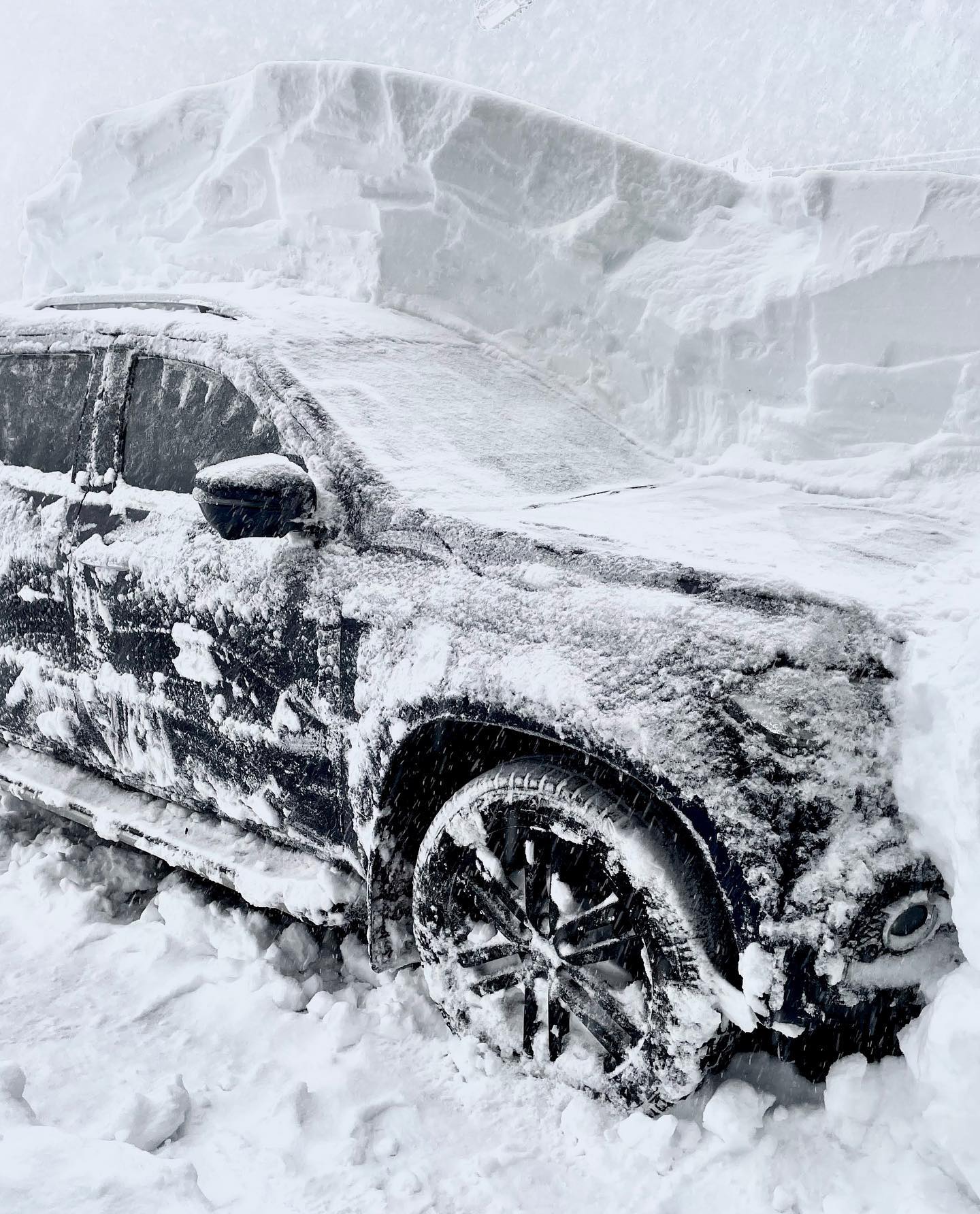Learn Which Areas Get the Most Snow In Australia During the Chilly Periods
Learn Which Areas Get the Most Snow In Australia During the Chilly Periods
Blog Article
Discover the Fascinating Effects of Snow in Australia on Regional Communities
In spite of its credibility for sun-soaked landscapes, Australia additionally boasts regions buried by snow-- a sensation that greatly influences the country's distinct ecological communities. The protecting properties of snowflakes secure flora and animals in the middle of the chilliest winter seasons, while the melting snow supports rivers and marine life. Nevertheless, the real marvel depend on how these frosty conditions form the country's biodiversity and nutrient cycles. As we untangle this detailed relationship, we locate ourselves walking on undiscovered premises in Australia's high nation.
The Unanticipated Regions of Snowfall in Australia
Although Australia is often related to sandy coastlines and sun-scorched landscapes, certain regions surprisingly experience snowfall. The high country areas of New South Wales, Victoria, and Tasmania are specifically understood for their winter snow. The Snowy Mountains in NSW, as an example, receive abundant seasonal snow, providing a raw comparison to the country's regular warm, dry environment. The Victorian Alps and components of Tasmania also see annual snowfalls, changing the landscape right into a winter months heaven. These areas are not simply abnormalities however essential components of Australia's varied environment system. The visibility of snow in these areas considerably influences local ecosystems, subsequently impacting the country's one-of-a-kind biodiversity. The details impact on Australia's distinctive flora will certainly be gone over in the next area.

Just How Snow Impacts Australia's Unique Flora
These plants have actually advanced to make it through in extreme problems, with snow serving as a safety blanket from freezing temperature levels and severe winds. The snow also adds to the wetness web content of the soil, providing required hydration for plant life throughout the dry summer months. In essence, the snow affects the timing of blooming and seed dispersal, the growth rates, and the survival of several plant types, showcasing the intricate interaction between environment and flora in Australia.

The Adaptations of Australian Fauna to Snowfall
Simply as Australia's plants has actually adapted to the wintery problems, the local fauna as well, exhibit amazing adjustments to the snowfall. It uses the snow as insulation, hibernating in rock gaps beneath the snow to remain warm. The Snow Skink, a varieties of lizard, alters its colour to white during winter season, offering camouflage versus predators.
The Function of Snow in Shaping Local Environments
Fit the neighborhood communities, the function of snow in Australia is both extensive and multilayered. It influences the distribution of flora and fauna, mostly defining the biodiversity of towering and sub-alpine regions. Snow supplies a crucial water resource, feeding rivers and storage tanks as it thaws, thus supporting a range of aquatic life forms. Furthermore, snow works as an insulator, protecting ground-dwelling organisms from severe cold. In a similar way, it plays a substantial role in soil development and nutrient cycling. The regular freezing and thawing of dirt generated by snowfall cultivates the navigate to this site failure of rocks, enhancing why not try these out soil fertility. As a result, the existence of snow shapes the plants patterns, animal behavior, and general sustainability of Australia's special ecosystems. Does Australia Get Snow.

The Future of Snowfall in Australia: Implications and predictions

Offered the essential function snow plays in forming neighborhood communities, the future of snowfall in Australia is drawing boosting focus from scientists and conservationists. Existing climate versions predict a substantial reduction in snowfall as a result of worldwide warming, with potentially profound influence on neighborhood communities. Less snow might cause decreased water accessibility in alpine regions, adversely affecting wild animals habitats and plant. Additionally, it can alter the timing of seasonal changes, interfering with the life process of many native varieties. The tourist sector, heavily dependent on the wintertime snow period, might additionally encounter substantial challenges. Therefore, comprehending these predictions and their ramifications is essential to develop reliable preservation methods, making certain the conservation of Australia's distinct biodiversity and the sustainability of its economic climate.
Verdict
The function of snow in Australia's communities is essential yet typically ignored. It works as a guard, a nurturer, and a shaper of diverse alpine varieties, adding to the splendor of Australia's high country. As climatic patterns continue to shift, recognizing the effects and possible makeovers of these snow-influenced website link ecosystems is crucial. Hence, the snow in Australia is a lot more than an all-natural phenomenon; it's a vital player in the country's ecological narrative.
In spite of its reputation for sun-soaked landscapes, Australia also flaunts areas buried by snow-- a phenomenon that profoundly influences the country's distinct environments. It utilizes the snow as insulation, hibernating in rock holes under the snow to stay warm - Does It Snow In Australia.In shaping the neighborhood environments, the role of snow in Australia is both multilayered and extensive. The existence of snow forms the greenery patterns, animal behavior, and general sustainability of Australia's distinct communities
Given the crucial function snow plays in forming local environments, the future of snowfall in Australia is attracting increasing attention from conservationists and scientists.
Report this page